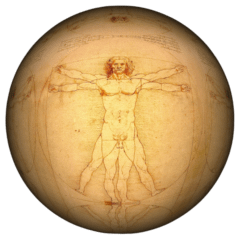Nimrud is an ancient Assyrian city with original Assyrian name Kalḫu, and biblical name Calah, located in Iraq. It was a major Assyrian city between approximately 1350 BC and 610 BC.
The Assyrian king Shalmaneser the first (1274–1245 BC) built up Kalḫu into a major city during the Middle Assyrian Empire (1365–1050 BC). The city gained fame when king Ashurnasirpal the second (883–859 BC) of the Neo-Assyrian Empire (911–605 BC). For centuries it was the capital of the Assyrian empire. Archeologists revealed the Ashurnasirpal palace with remarkable bas-reliefs, ivories, and sculptures. A statue of Ashurnasirpal the second was found in an excellent state of preservation, as were colossal, winged man-headed lions and bulls, weighing 10 short tons to 30 short tons each, guarding the palace entrance. Nimrud archeological site was unfortunately destroyed in 2015, but efforts to do Reconstruction of the site are being done by UNESCO. Many Nimrud reliefs are in museums in the USA or Europe.

